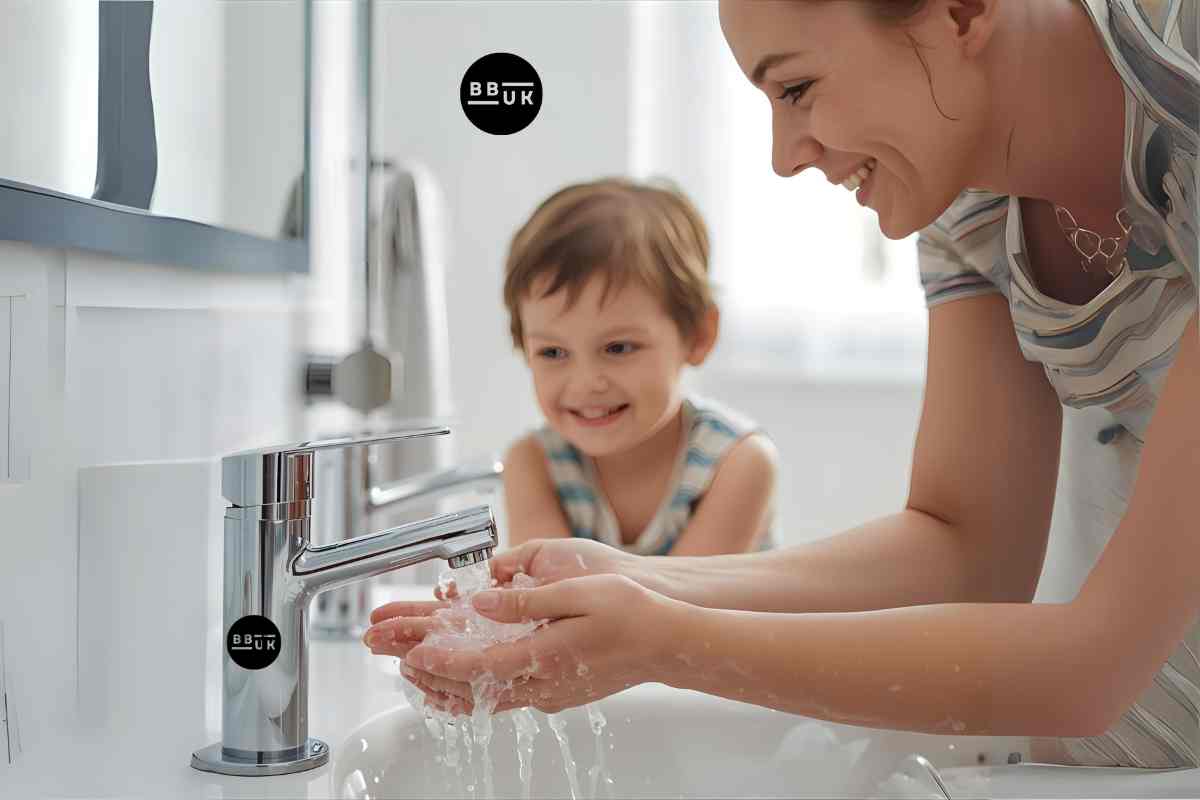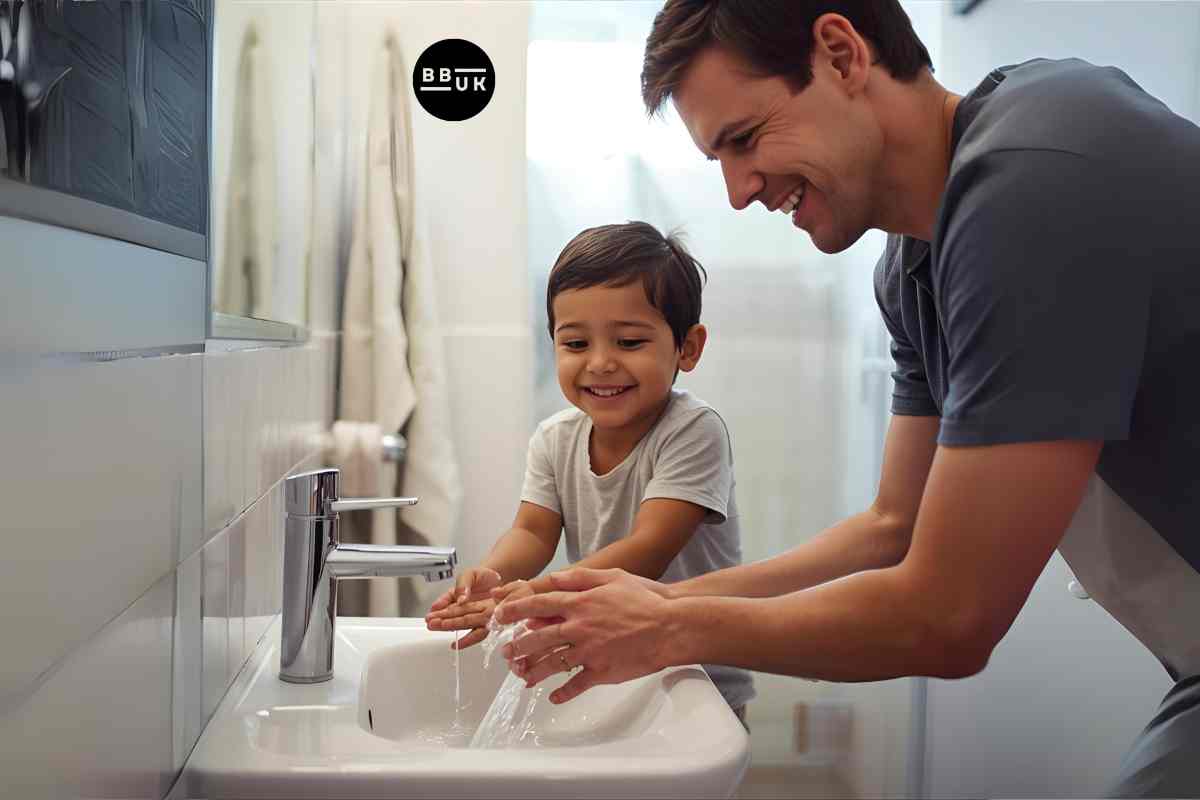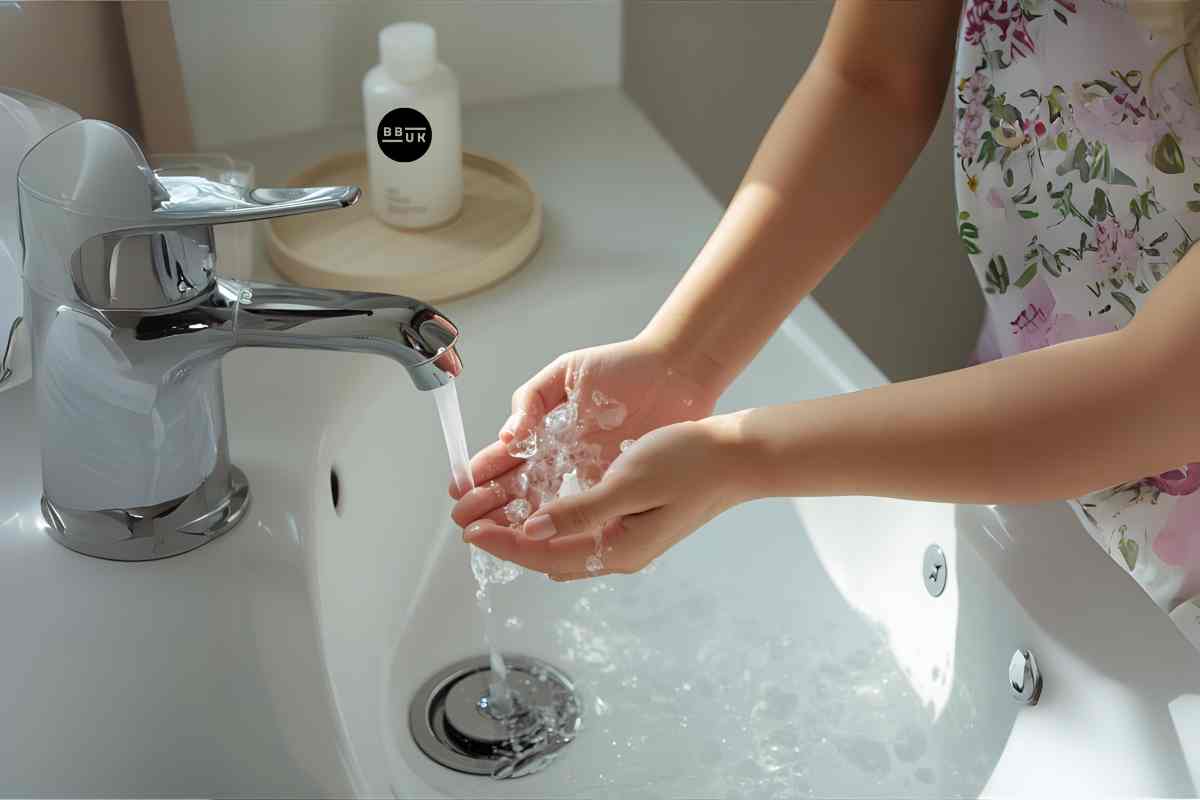What is a step in practicing correct personal hygiene? This is a question many people ask when they want to improve their health and daily routine.
Personal hygiene is not just about looking clean. It is about protecting your body, preventing sickness and showing respect for yourself and others.
In this guide, we will explain personal hygiene in simple words. You will learn why it matters, what the main steps are and how even small actions can make a big difference.

Before we answer what is a step in practicing correct personal hygiene, let’s first understand why it is so important. Good hygiene:
-
Stops germs from spreading.
-
Helps prevent diseases.
-
Makes you feel confident and comfortable.
-
Shows care for yourself and respect for others.
According to Centers for Disease Control and Prevention washing hands with soap is one of the most effective ways to prevent illness. This means hygiene is not just a habit. It is a form of protection for your whole body.
What Is a Step in Practicing Correct Personal Hygiene?
The answer to what is a step in practicing correct personal hygiene depends on the activity. A step is simply one action that helps you stay clean and safe. Examples include:
-
Washing your hands before eating.
-
Brushing your teeth twice a day.
-
Taking regular baths or showers.
-
Wearing clean clothes.
-
Covering your mouth when you cough or sneeze.
Each of these steps may look small but together they build a strong shield against sickness.
Daily Steps in Practicing Correct Personal Hygiene
Washing Your Hands
One of the first answers to what is a step is correct personal hygiene is washing your hands. Use soap and clean water. Scrub for at least 20 seconds. Do this before meals, after using the bathroom, and after touching dirty surfaces.
Brushing and Flossing Teeth
Another step is brushing teeth twice a day. Use a fluoride toothpaste and a clean brush. Flossing once a day removes food between teeth. This keeps your mouth fresh and prevents cavities.
Taking Showers or Baths
Bathing removes sweat, dirt and germs from your skin. A daily shower or bath is a step that keeps your body fresh. It also prevents skin problems like rashes.
Wearing Clean Clothes
Clothes can hold sweat, bacteria and dust. A simple step is to change into clean clothes each day. Washing clothes often keeps them fresh and safe to wear.
Nail and Hair Care
Cutting nails regularly is a step in correct personal hygiene. Long nails collect dirt and germs. Washing hair removes oil and keeps the scalp healthy.
Social Steps in Personal Hygiene
Practicing correct hygiene is not only about you. It also protects people around you.
Covering Your Mouth and Nose
A key step in practicing correct personal hygiene is covering your mouth when sneezing or coughing. Use a tissue or your elbow, never your hands. This stops germs from spreading.
Keeping Personal Items Separate
Sharing items like toothbrushes, razors or towels spreads germs. A correct step is to use your own things and wash them often.
Teaching Kids About Personal Hygiene

Children often ask what is a step in practicing correct personal hygiene. For them, learning simple steps early is best. Parents and teachers can:
-
Show how to wash hands in fun ways.
-
Teach the two times a day brushing rule.
-
Remind kids to bathe and wear clean clothes.
With practice, these steps turn into lifelong habits.
Hygiene and Health Connection
When we think about what is a step in practicing correct personal hygiene, we must see the bigger picture. Each step prevents sickness. For example:
-
Washing hands lowers the risk of flu.
-
Bathing reduces skin infections.
-
Brushing teeth prevents gum disease.
According to World Health Organization good hygiene is a major part of global health. This shows that small steps matter worldwide.
Extra Tips to Improve Hygiene
Now that you know what is a step in correct personal hygiene, here are extra tips:
-
Drink clean water and store it in safe containers.
-
Wash fruits and vegetables before eating.
-
Clean your living space to avoid dust and germs.
-
Use deodorant if needed to control body odor.
These tips add more strength to your daily hygiene routine.
Common Mistakes to Avoid

Even when people ask what is a step in correct personal hygiene, they may make mistakes. Some common ones include:
-
Rinsing hands quickly without soap.
-
Forgetting to clean under nails.
-
Using the same towel for too long.
-
Not brushing teeth before bed.
Avoiding these mistakes makes your hygiene routine stronger.
Final Thoughts
So what is a step in practicing correct personal hygiene? It is any small action that keeps your body clean and healthy.
Washing hands, brushing teeth, taking showers, wearing clean clothes and covering your mouth when you cough are all simple steps.
Good hygiene is not hard. It only takes small daily actions. When you follow these steps, you protect yourself and others, feel fresh and stay confident.
FAQs
What is a step in practicing correct personal hygiene daily?
Washing your hands before meals is a simple daily step that helps stop germs from spreading and keeps you healthy.
Why is brushing teeth considered a step in practicing correct personal hygiene?
Brushing teeth twice a day removes food particles, prevents cavities, and keeps your mouth clean and fresh.
How does taking a bath help in practicing correct personal hygiene?
Bathing or showering removes dirt, sweat, and germs from the body, which prevents skin problems and makes you feel refreshed.
Is wearing clean clothes a step in practicing correct personal hygiene?
Yes because clean clothes prevent odor, reduce bacteria buildup and help you feel confident in social settings.
Why should kids learn what is a step in practicing correct personal hygiene?
Teaching kids simple habits like handwashing and brushing early helps them build lifelong routines for health and cleanliness.
Can sharing personal items affect correct personal hygiene?
Yes, sharing towels, razors or toothbrushes spreads germs, so keeping personal items separate is an important hygiene step.
